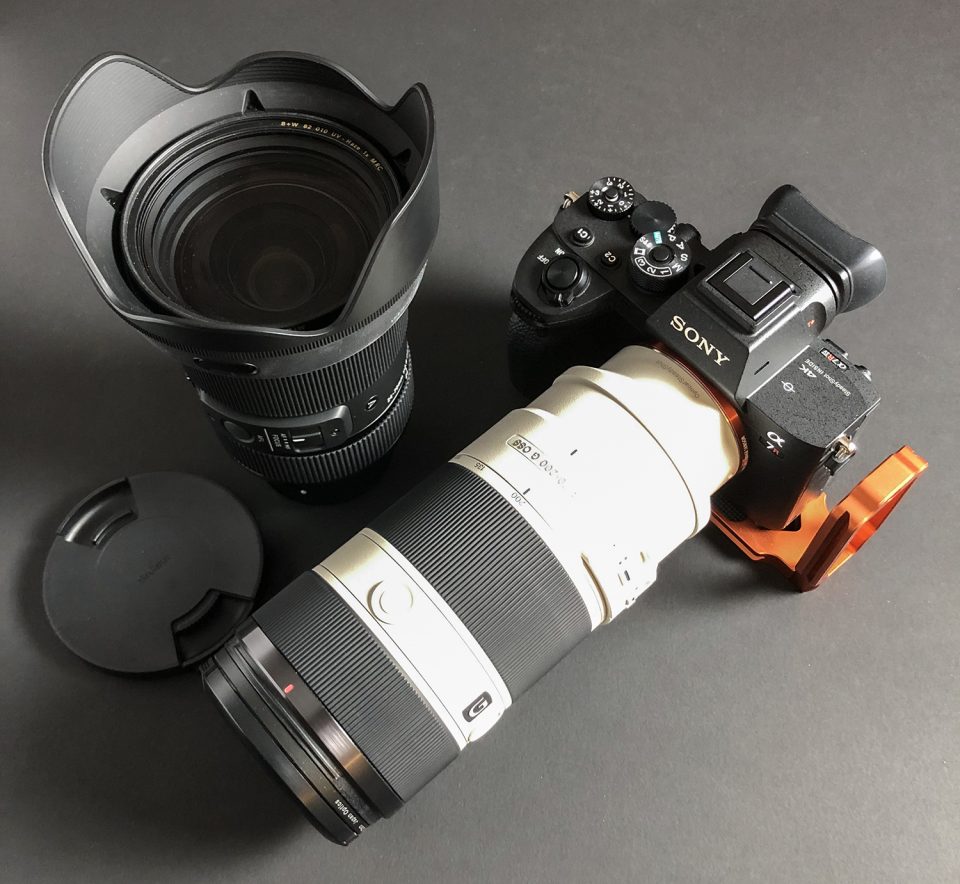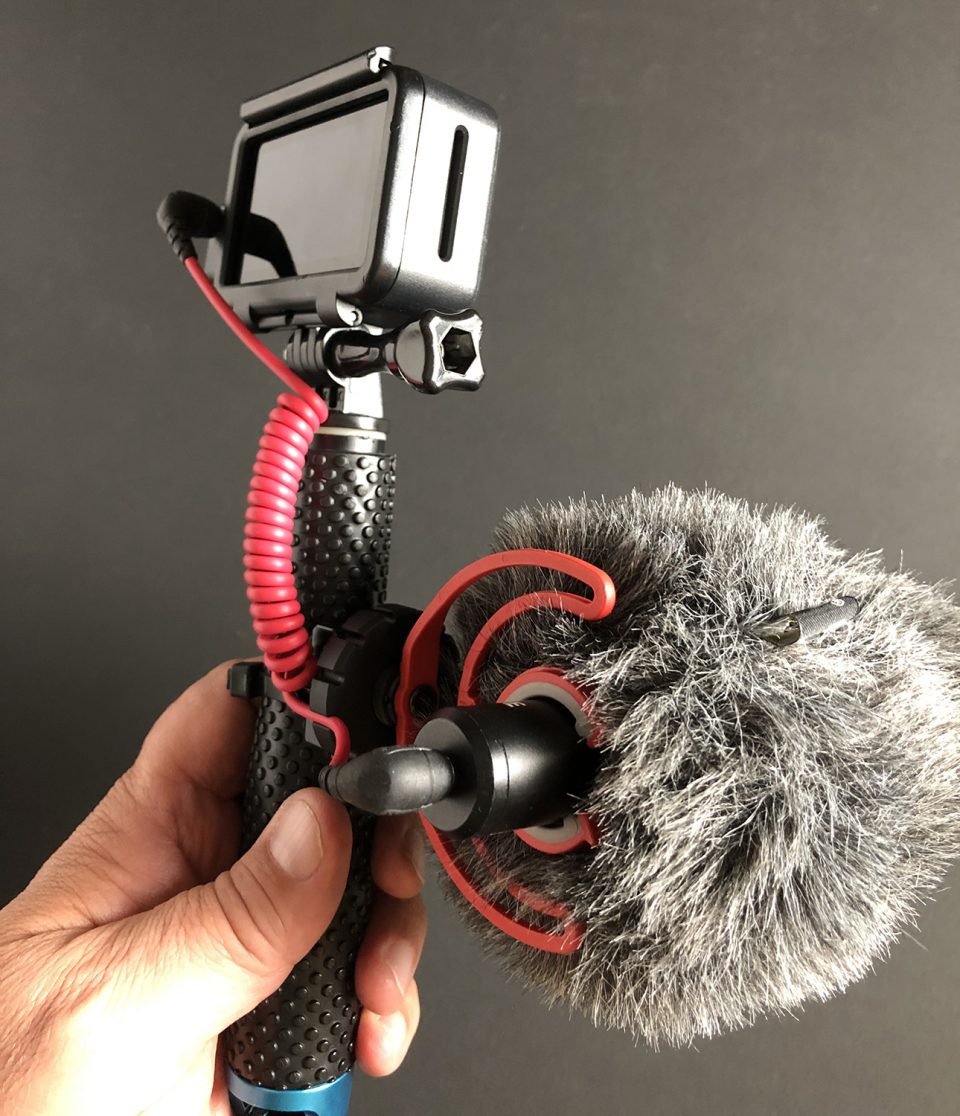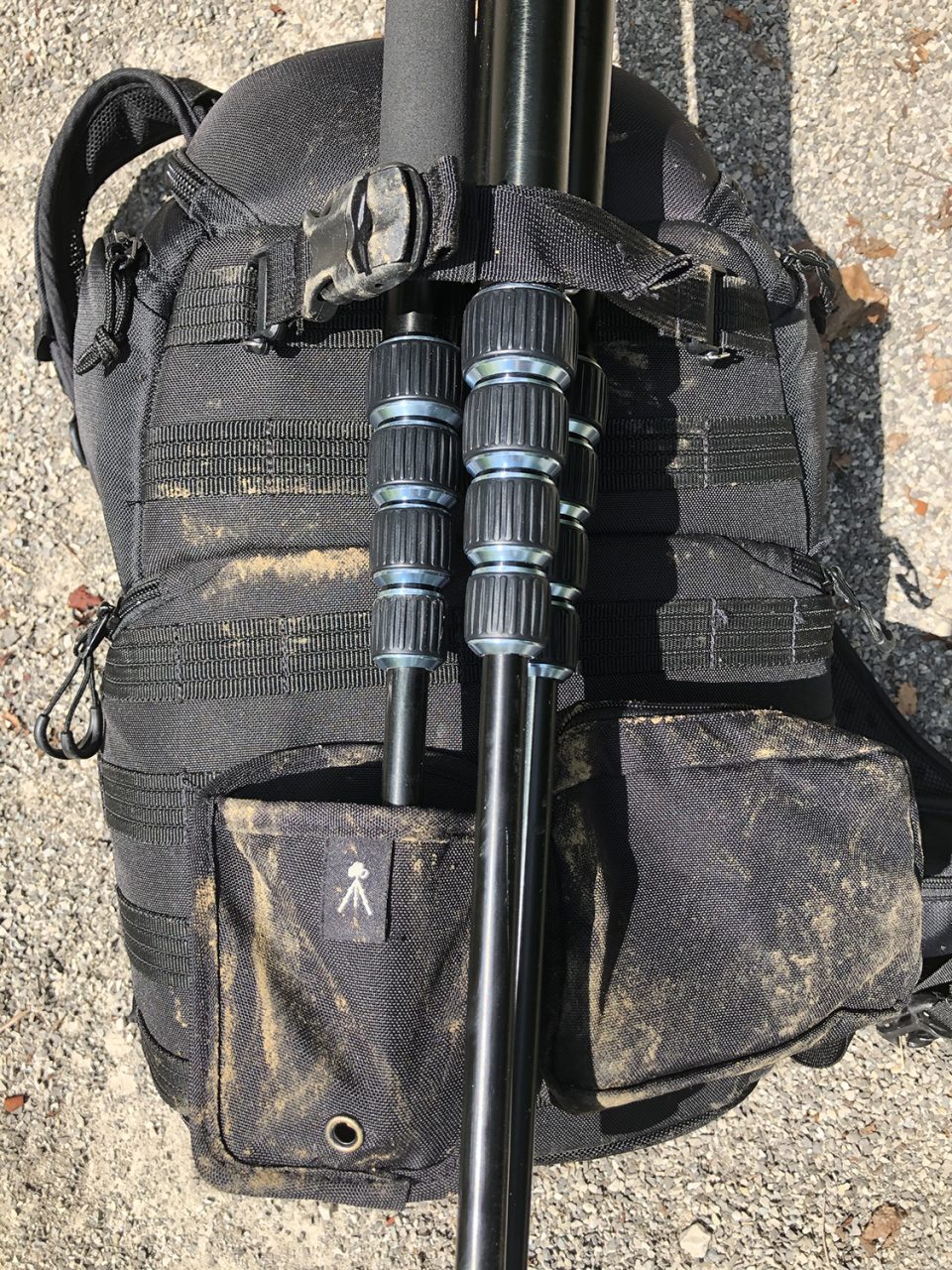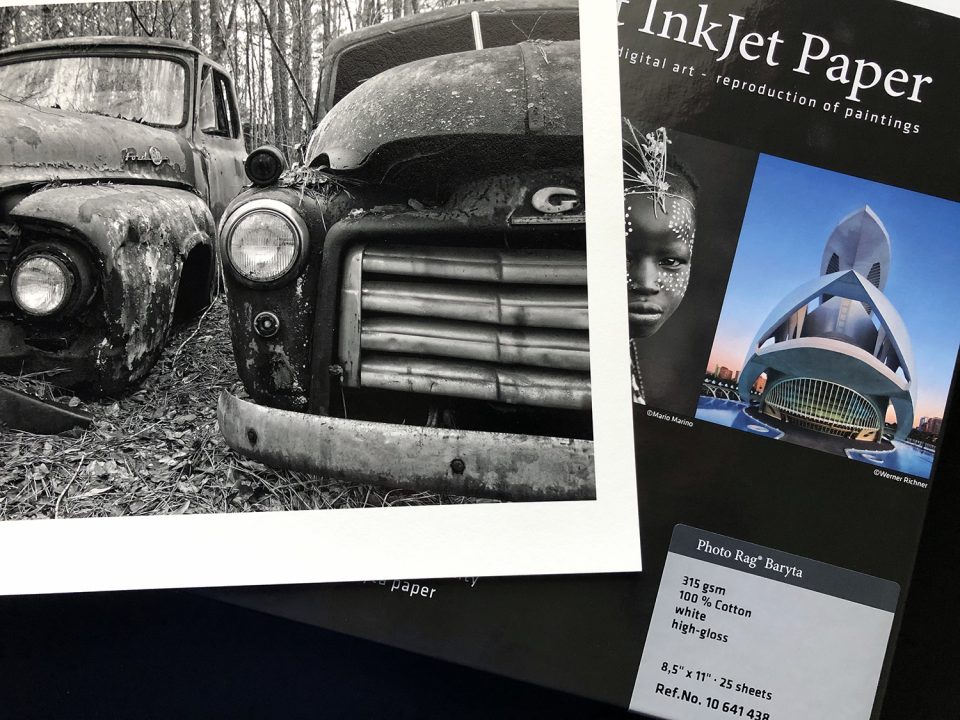A list of my camera gear and related equipment
This is not a sponsored post. All gear was acquired with my own funds.
I regularly get asked questions about my camera and lenses — especially on my YouTube channel. Students and beginning photographers seem especially curious about this, but I think all photographers sometimes wonder what gear was used to get a particular shot.
Finally, I’ve compiled a comprehensive list of my complete photography kit. I don’t usually emphasize the gear aspect of my photography, but I hope this is helpful to someone.
Keep in mind that I’m a professional fine art photographer who frequently gets requests for very large prints — believe it or not up to 13-feet on one occasion — so I went for as much resolution as I could get, while keeping in the full frame format.
I’ll do my best to keep this list up-to-date as things change.
Keith Dotson Photography: The Complete Photography Gear List

Camera and Lenses
Camera:
Sony A7RIV — I came to Sony from Canon because I needed more resolution, at a time when Canon was getting a reputation as being behind-the-times. I loved my Canon 5D MKIII, but it didn’t perform well in low light and the 21 MP sensor just couldn’t get me to the print sizes my interior design clients kept requesting. I started with the Sony A7RII, and quickly graduated up to the A7RIV, which features a 61 MP sensor.
Lenses:
Sigma 24-70mm f/2.8 DG DN Art Lens for Sony E-Mount
Canon EF 50mm f/1.8 STM — By far the least expensive — and one of the best — lenses I own. It’s sharp, even on the demanding Sony A7RIV.
Canon EF 100mm f/2.8L Macro — This is one of my favorite lenses, and it performs beautifully on the Sony high-resolution cameras. A real keeper, and I’m able to use it thanks to the Sigma MC-11 adapter listed below. Be sure you get the correct adapter for your mount — this one is for Canon EF to Sony.
Adapter: Sigma Mount Converter MC-11 for Sigma Mounts to Sony E Cameras — I had a lot of Canon glass that I wanted to keep using when I switched to Sony, and the Sigma MC-11 has been a complete gem. Highly recommended.
Lens Filters:
Breakthrough Photography 6-stop ND Filter
Freewell Magnetic Circular Polarizer
When it comes to filters, there are two camps of photographers: those who think they are important, and those who think they’re worse than useless. I am a believer. I keep clear filters on my lenses to protect them from dust and scratches, but I use quality filters. Poor quality filters may actually degrade your image quality.

Video and Audio
Video Camera: DJI Osmo Action Camera
A while back I decided to step up my YouTube game, and I chose the Osmo Action camera because it had great video quality, excellent stabilization — and like all action cameras — it’s rugged. I haven’t regretted the decision, although my next camera will probably be the DJI Pocket 2.
Lumix GH5: I use this camera for static, tripod-based video shots and scenes where I need lenses beyond the wide angle used by the Osmo Action. I pair the GH5 with Olympus 4/3 lenses that I’ve owned for years.
Microphones for Osmo and Lumix Cameras: Røde Video Micro
Microphone Jack Adapter for Osmo Action Camera: CYNOVA Osmo Action Dual 3.5mm Mic Adapter – Made for Osmo Action with Authorization — This adapter connects the microphone jack to the USB-C audio port of the Osmo Action camera.
Audio for iPhone: Røde VideoMic Me-L Directional Microphone for iOS Devices — I also use my iPhone for video quite often, but if you do this, be sure to get a microphone to help control wind noise. This small mic plugs directly into your iPhone’s lightning port and works great. I’m a fan of Røde microphones because they’re affordable and give great sound, but, this won’t plug in unless you remove your phone case.
Podcast Audio
Podcast Microphone: Shure SM7B — This is the preferred microphone of not only top podcasters, but also of pro recording studios around the world. By the way, if you’re interested, I have a fine art photography podcast here, and I also use this microphone to record voiceovers for my YouTube channel here.
Preamp: sE Electronics – Dynamite Active in-Line Preamp — You’ll need this inline preamp to amplify the signal from your microphone, especially if you get the Shure SM7B. It’s a great microphone, but provides a notoriously low signal.
Audio Interface: Behringer U-phoria audio interface (UMC22) — This takes your audio signal from the microphone and cleans and amplifies it for the audio software on your computer to accept.
Microphone Boom Stand: Gator Frameworks Deluxe Desk-Mounted Broadcast Microphone Boom Stand For Podcasts & Recording — This is a really great quality boom stand for the microphone. You can get cheaper ones, but you’ll be sorry if you do.

Camera Bag
LowePro Pro Tactic BP 450 AWII
Tripod and Accessories
Tripod: I recently acquired the iFootage TC7 Carbon Fiber Tripod (yes it’s the same one used by Thomas Heaton). I selected it because of the build quality and the leg clamps. My previous tripod had the rotating leg locks, and I’m not a fan of those.
Ballhead: Colorado Tripod Company Highline
L Bracket: Three Legged Thing — You’ll be amazed how quickly this simple device will transform your workflow in the field. They can be quite expensive, but here is a list in a variety of prices. I like the Three Legged Thing versions because they are well-made and affordable.
Tripod for my iPhone: Ulanzi MT-34 Extendable Pole Tripod Mini Tabletop Tripod Selfie Stick with 2 in 1 Phone Clamp

Printing
Printer: Epson SureColor P5000 Standard Edition 17 in. Wide-Format Inkjet Printer
Canon and Epson make equally remarkable printers. Both brands have pros and cons, but ultimately, either can produce museum-quality results in the hands of a trained user. Whatever you choose, be sure the printer makes prints with pigment-based inks — not dye-based inks — because dye-based prints have been rated at significantly shorter longevity.
Printer paper: Hahnemühle Fine Art Baryta 325 or Hahnemühle Photo Rag Baryta
The paper I choose for my prints is just as important — or maybe even more so — than the hardware I use to shoot the pictures. The print is the ultimate culmination of a photographer’s artistic vision. After trying a lot of papers, I have settled on Hahnemühle Fine Art Baryta 325 (or just as great — Hahnemühle Photo Rag Baryta), for all my fine art prints. These papers hold tones and gradations immaculately. They perform flawlessly in the printer. They are very consistent from batch to batch. They produce simply gorgeous prints and they are archival. Hahnemühle has been making papers since the 1580s and they know what they’re doing.
Five Hahnemühle photo papers compared
I made a video comparing a handful of Hahnemühle’s printer papers, which you can see below. It gives a good look at the various surfaces and how they look — sorry all the prints are made in black in white because that’s my thing!
Archiving
Portable Backup: Silicon Power 2TB Rugged Portable External Hard Drive Armor A80
I use a wide variety of hard drives, plus a cloud account, to make sure I am backed-up in triplicate, but this hard drive is one of my favorites. It’s rugged and portable. I always bring some of these along on road trips to keep my new images safe in transit.
Miscellaneous
Microfiber cloths: Microfiber Cloth Jewelry Glasses Lens Cleaning 15x
Kimwipes: Professional Kimtech Science Kimwipes
Important note: This blog post is NOT sponsored by any company, but it does contain Amazon Affiliate links. I may earn a small commission on qualifying purchases.

I’m one of those people who believes the photographer makes the image not the camera. However, having said that, I am a bit of a photo gear nerd and I’m always interested in what equipment other photographers shoot with.So I really enjoyed this post showing us what you have and use.
When I started in photography I had one body (a Pentax K-1000) and two lenses (50mm and 135mm). Now I have gone to the other extreme where I have (almost) too much gear. I keep thinking about limiting my kit to two or three lenses and using them as creatively as I can, but I never seem to manage leaving the rest of the stuff in bags!
I agree, yet anytime I choose to leave a lens in the car or at home, I wind up needing it! Never fails! I still have a Pentax K-1000 and a 50mm and 135mm! I’m going to take it out shooting sometime soon.